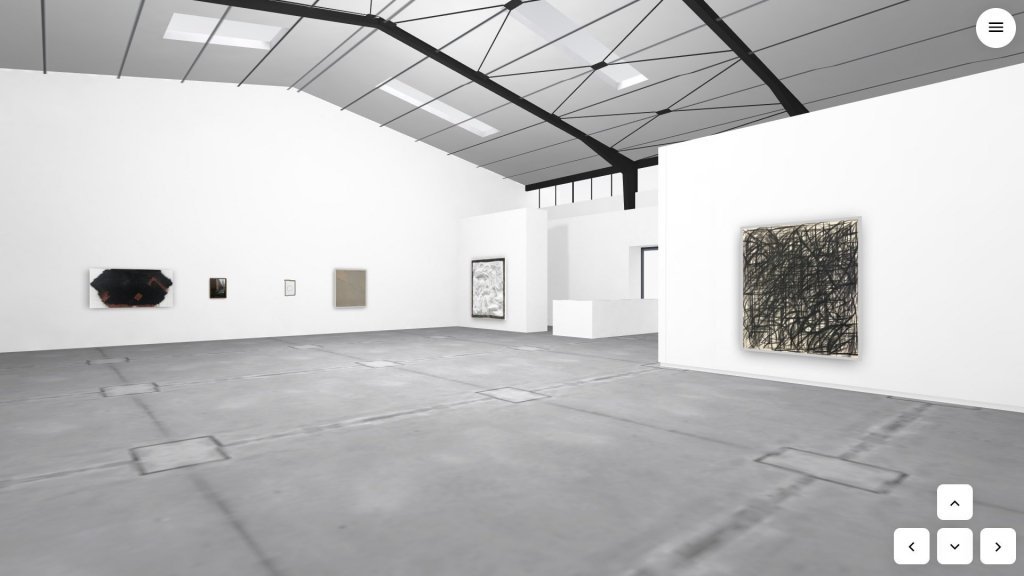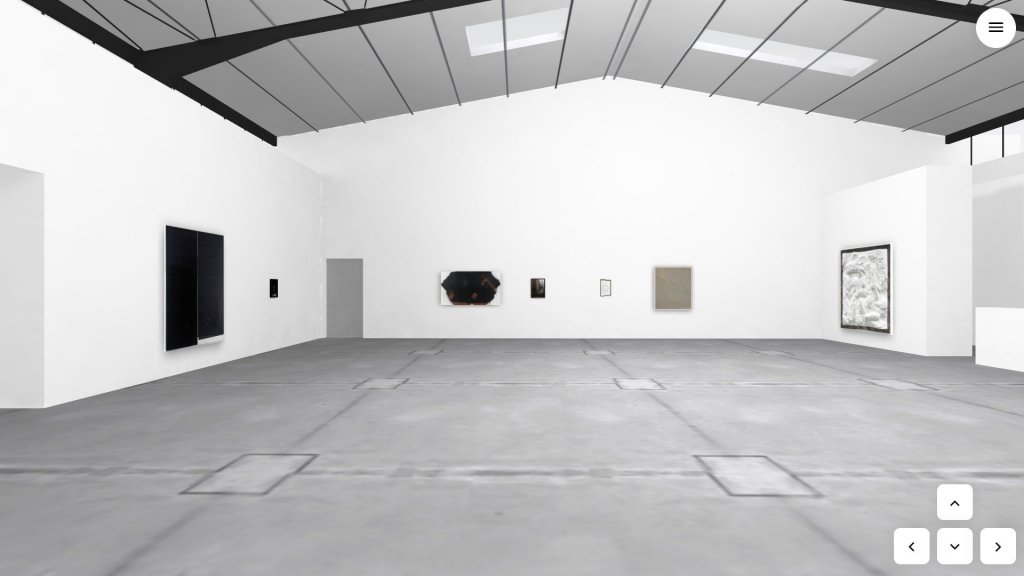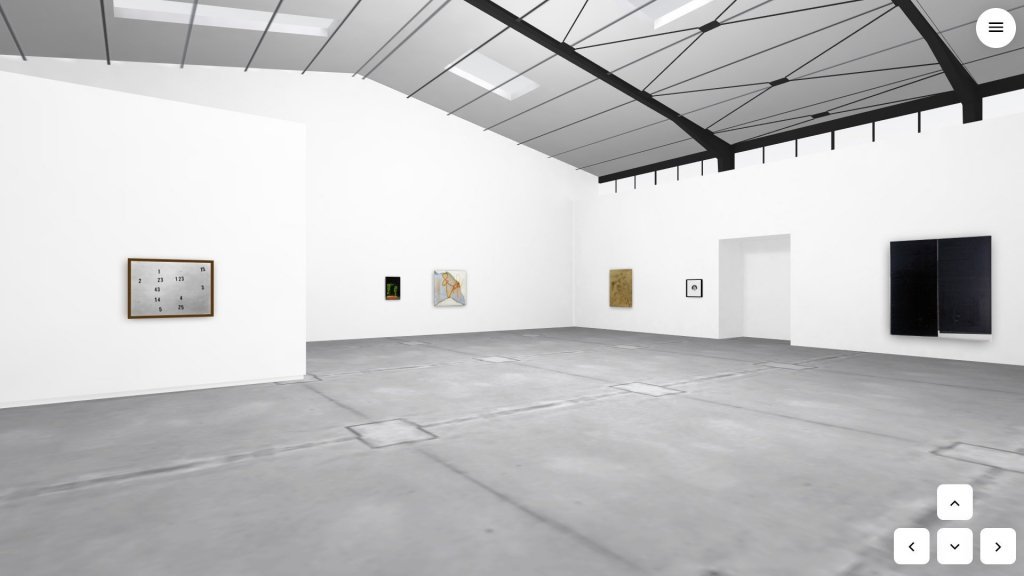Global monotone of Lombardy (an online exhibition)
A show dedicated to monotony and to the anchoring effect. Works by: Lucas Blalock, Peppi Bottrop, Francesco Gennari, Adam Gordon, Wade Guyton, Wyatt Kahn, Michael Krebber, Renata Lucas, Mathieu Malouf, Nicolas Party, Seth Price, Jonas Wood. All the pieces in the show are from private contemporary art collections based in Lombardy.

Global monotone of Lombardy, installation view, online on CFA from 01/03 to 14/03 2020. 
Global monotone of Lombardy, installation view, online on CFA from 01/03 to 14/03 2020. 
Global monotone of Lombardy, installation view, online on CFA from 01/03 to 14/03 2020. 
Global monotone of Lombardy, installation view, online on CFA from 01/03 to 14/03 2020.
Premise
Our society is facing a great challenge right now. It is not the only challenge, but it is certainly the most important one. We are facing it as citizens and as individuals, each in our own way. In the worst case, lives have been lost, sometimes those of our beloved. Many have been affected in their work. Everyone had to give up something more or less important, and we will certainly feel the consequences in the coming months or years.
Economics is an effect before being a cause. For some, it is a way to represent things and their value. In this sense, it is not very different from art, which cannot help but represent even when it only wants to represent itself (Krebber, Guyton). This is why we should listen to artists as well as economists when dealing with this challenge. Which economists and which artists should we turn to then?
In our current digital babel, we all know how difficult it is to distinguish between true and plausible, between logic and illogic, between the news and the fake news. Economists have universities, financial institutions, ministries, the Nobel Prize, numbers. Art functions differently. This is not the place to explain how—assuming a clear explanation is even possible. Suffice to say that, just like the economy, art too is based on consensus, thus on the common recognition of a certain value. Regardless of how influential they are, a gallery, a museum, a collector or a critic need to be part of a larger system. Only as a whole can they create the consensus that stands the most difficult test, that of time. (Guyton, Party, Malouf).
Path
Let’s take the concept of anchoring from behavioural economics, perhaps the most humanistic school of thought in contemporary economics. According to Daniel Kahneman, anchoring occurs when “people consider a particular value for an unknown quantity before estimating that quantity.” (Thinking Fast and Slow, 2011) Numbers influence our decisions beyond our will, beyond the available information, beyond the context (Blalock). Those who attend auctions should know it well.
The large amount of numbers we all see in the news these days are related to the information that is the most anthropologically relevant to us, that is, the one to which our brains relativize everything else. It’s the terrorism effect. Although terrorism was not the first cause of death during the 2015 attacks in Paris, we would still believe it was the main threat to our safety. There is no big jump from here to the first concept in the exhibition title. Our everyday life in the epidemic may seem monotonous. Every conversation seems to revolve around a single topic (Price, Wood). Interaction with the real environment is reduced to the essentials. The range of our possibilities has narrowed.
Yet this monotony has multiple dimensions, as artists know well. Expressing oneself through a single colour does not mean giving up all the others (Bottrop, Beloufa), but exploring the potential of what you have chosen to use. Even if we cannot choose, we can still learn to use monotony, understanding how it works, experimenting to find out. Monochrome is only one of the many ways in which monotony can be articulated by artists. Monotony can mean portraying a single object (Price, Wood), repeating the same self-portrait (Gennari, Krebber), portraying the same ‘void’ that we see in the streets of our cities (Gordon).
At this point, one might begin to hear John Cage’s musical thought in the background. If a musical phrase doesn’t seem interesting to you, try repeating it for two hours straight to see what it becomes (Guyton). Monotony can be the same thing that fascinates sportspeople running very long distances, a journey within yourself during a marathon, believing that is not a mere waste of energy (Bottrop). Monotony is about self-knowledge, a way to look at ourselves with different eyes (Lucas, Krebber). In the end we all experience that strange feeling after a long journey or a long distance run. Everything appears different to us, illuminated by a new light, a signal that what we have been through has changed us more than we expected.
Well, what if someone steals the other colours while we are caught in the monotony? What if, while we have time to explore, we discover that an agency is appropriating our monotony, monitoring us with the aim of predicting, influencing, determining our behaviour, perhaps taking advantage of our forced distraction? Here the big issue might not be the notorious virus to which we are all anchored. In this regard you may like to read S. Zuboff, The Age of Surveillance Capitalism, 2019.
Final remarks
The works I have included in this exhibition come from private collections in Lombardy. Their owners, who I thank greatly, prefer to remain anonymous. I have chosen Lombardy as it is the Italian region most affected by the current epidemic. Besides the talent of the artists, my wish is for this exhibition to represent the feelings, the hopes, and the worries I have mentioned above. For the software we’re using to display this exhibition was originally designed by Kunstmatrix for commercial art galleries, I also want to take the opportunity to stress that Conceptual Fine Arts has been a non-for-profit organisation since last November. This exhibition does not, and cannot, have any commercial purpose.
May 17, 2020
